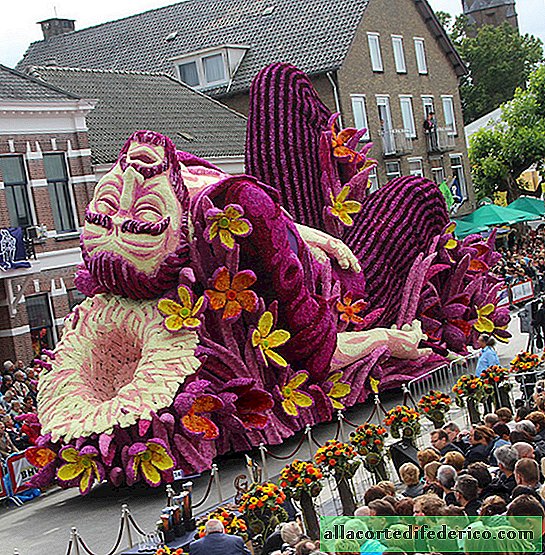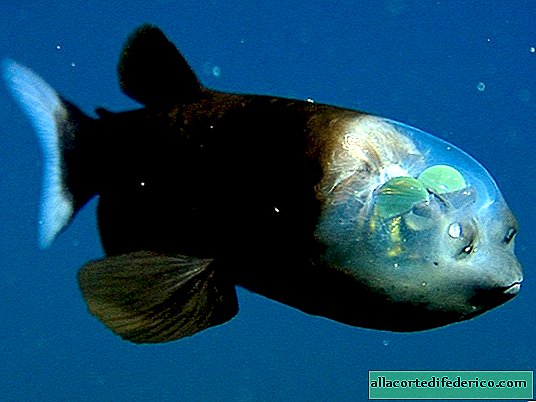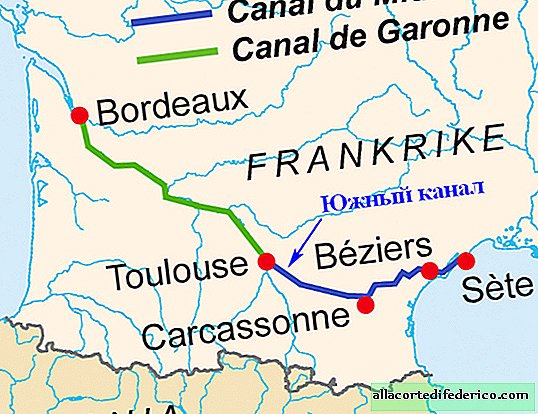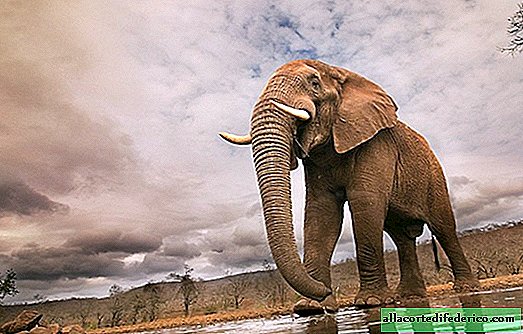30 million lives: how nature punished China for the extermination of sparrows
Sparrows are one of the most numerous birds on our planet. Once they lived in abundance in China. But cute birds often pecked grain in the fields and during the harvest, for which the peasants did not like them. This circumstance was the reason for the tragic and at the same time instructive story that occurred in China.
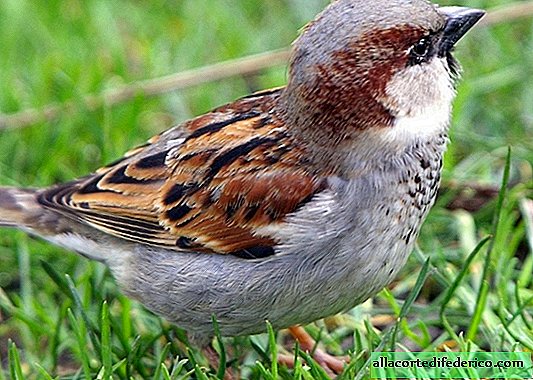
At the end of the 50s of the last century, about 600 million people lived in China. Grain cultivation was the most important branch of agriculture, which provided food for the multimillion population. At the same time, the country's leadership, and society as a whole, understood that it was necessary to deal with harmful animals that complicate the life of the Chinese people. The list of worst enemies includes rats, mosquitoes, flies and ... sparrows. The thing is that the peasants always considered these birds dangerous pests: they ate up grain in the fields, and also stole it in barns. They have a firmly established reputation as food competitors that prevent the Chinese peasants from defeating hunger.

Chinese scientists joined the voices of disgruntled farmers. It turned out that for a year sparrows eat such an amount of grain, which would be enough to feed 35 million people.
Against the backdrop of the battle for raising crops and improving people's lives in the spring of 1958, China launched a large-scale pest control campaign. But, as historians note, flies, mosquitoes and rats were not so easy to cope with, and the fight with them quickly waned.

Sparrows were less fortunate: millions of Chinese, including children, took part in the extermination of birds. It turned out that sparrows could not be in the air for a long time, and it was worth not letting them sit on the ground or a tree for 15 minutes, as they fell dead. People made noise, waved sticks, flags and did not give the birds a rest.

By the winter of 1958, according to experts, about 1.96 billion sparrows were destroyed throughout the country. Together with them, other small birds often suffered, which were also exterminated. The people rejoiced, on radio and television joyfully reported that the main enemies of the country's agriculture were over.

As proof of this, next year China harvested a record grain crop at that time. No one doubted the correctness of the measures taken to exterminate the sparrows. True, people began to notice that in the fields there were more caterpillars, locusts and other insects eating the crop, but this did not alert anyone.

What happened next, better than any other example, shows how dangerous reckless interference in nature is. Numerous insect pests, which in turn left offspring, laid the foundation for future prosperity in the absence of predators. Small birds (primarily sparrows) were an important part of the Chinese ecosystem and the only limiting factor for millions of insects. Of course, they ate grain in the fields and did some harm, but no one took into account the fact that before the crops ripen, sparrows feed on caterpillars and locusts.

The following summer, all those whom sparrows usually exterminated reigned in the fields of China. People were discontinued, and schoolchildren from classes to fight insects. But better than sparrows and small birds, no one knew how to do this. Already in the fall it became clear that the country was waiting for famine, so large were the losses in the fields. As a result of food shortages in China, according to various estimates, from 10 to 30 million people died, and some researchers cite even more terrifying figures.

The leaders of the state, realizing the horror of what happened, turned to the USSR and Canada with a request to send sparrows to China, which was done. From that moment, a careful restoration of the sparrow population began in China, and the birds were declared the best friends of the people.








